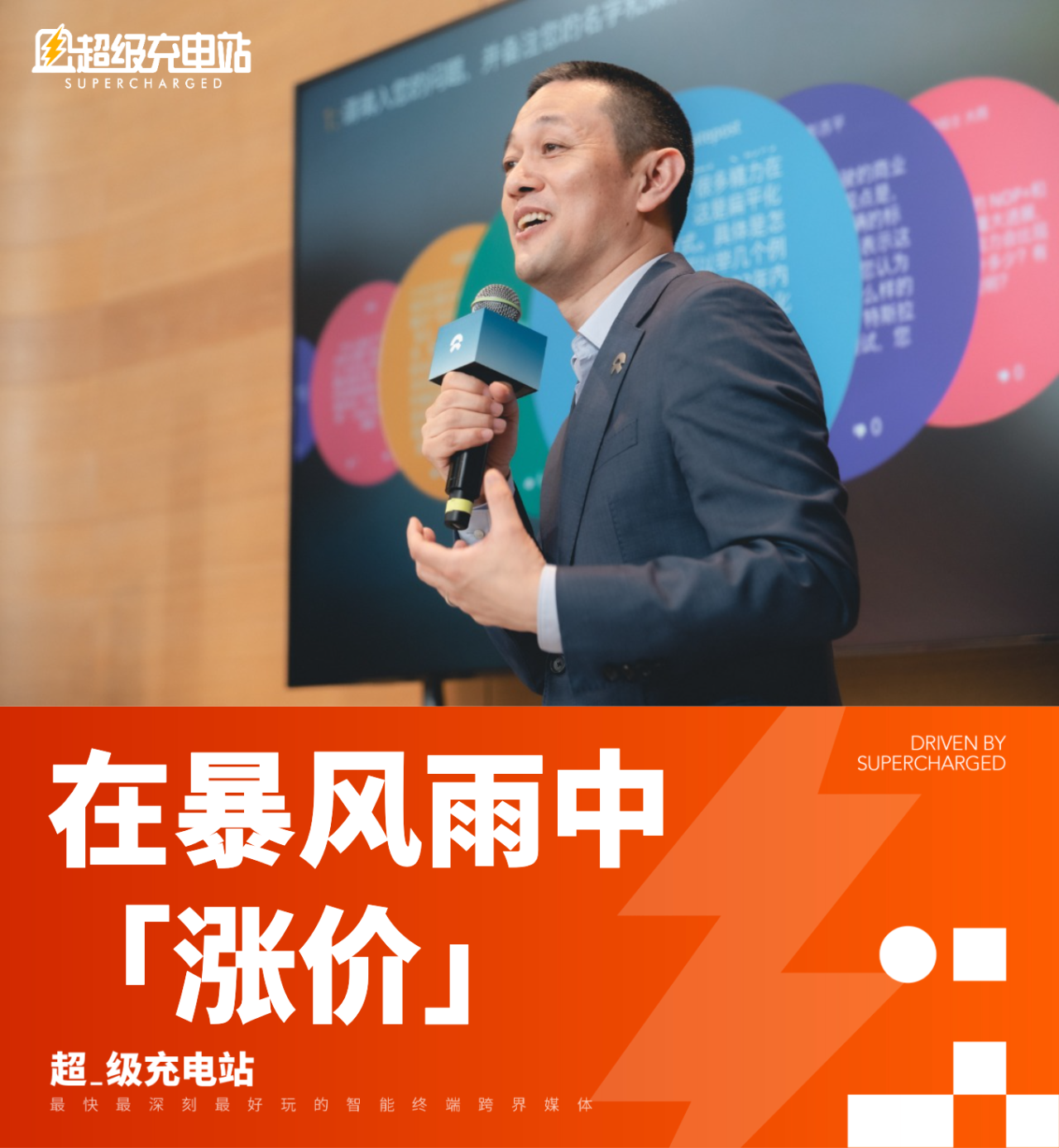Author: Chang Yan
Yesterday morning, NIO held a communication meeting on equity adjustments.
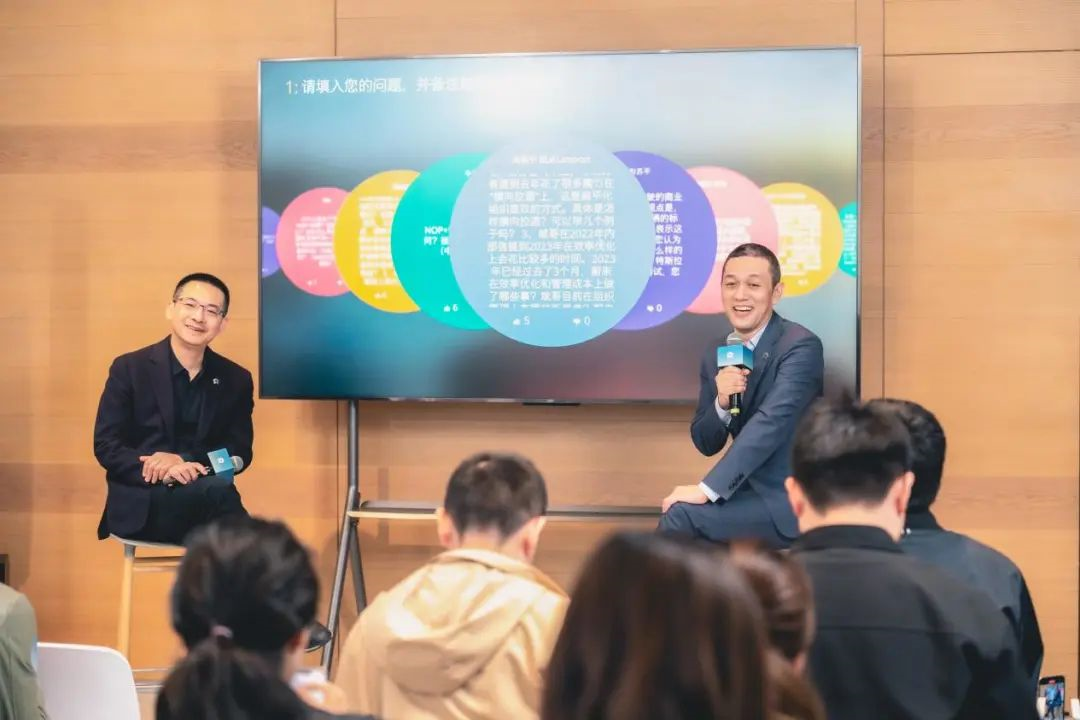
The duo partnership of Li Bin and Qin Lihong, the “powerful combination,” appeared in front of the camera after a long absence, which could be indirectly interpreted as the most important release since NIO Day.
Indeed, from a business perspective, these adjustments involve autonomous driving and battery swap services, both of which have far-reaching strategic significance for long-term competition in the era of intelligent electric vehicles. For NIO, the reserve of these two technologies and the development of their services serve as a long-term moat, so it’s appropriate to attach such great importance to them.
Therefore, if we only interpret it from the perspective of “selling cars,” the view would be somewhat narrow.

First, let’s talk about assisted driving.

NOP+ will officially start charging from July 1, adopting a monthly subscription model, with a payment of ¥380 per month.
However, for existing users, this fee will not affect them even in the next few years. Due to the many details, I will directly paste NIO’s official statement here:
-
ET7, ES7, EC7, and ET5 users who take delivery or pay a deposit before May 31, 2023, as well as new ES8 users who pay a deposit before July 31, are eligible for 2 years of free NOP+ usage;
-
NP Select Package users, when repurchasing a new car, are eligible for 7 years of free NOP+ usage and a lifetime 40% discount on NOP+ subscriptions;
-
NP Full Package users, when repurchasing a new car, are eligible for 12 years of free NOP+ usage and a lifetime 70% discount on NOP+ subscriptions.Translate the following Chinese Markdown text into English Markdown text, maintaining the professional tone and HTML tags in the Markdown. Only provide the resulting output.

Let’s discuss the battery swap system.
Starting June 1st, the energy replenishment benefits for new vehicles will change. On the one hand, the complimentary home charging stations that used to come with the vehicle now need to be purchased, priced at 7500 RMB each. On the other hand, after having to purchase a home charging station, the previously user-selectable benefits of battery swap based on charging station installation conditions have been unified. The number of battery swaps has changed from varying between 4 to 6 times a month to a fixed 4 times.

In translation, it means that under the unified condition of choosing not to purchase a charging station, the number of free battery swaps for NIO users has decreased from 6 times a month to 4 times.
Likewise, NIO has also provided a buffer period for users who are still hesitating to make a decision:
- For those who pay the deposit for the aforementioned models before May 31, 2023 (inclusive), the benefits for the first owner will remain unchanged, still enjoying a free home charging station, and receiving 4 or 6 free battery swaps per month depending on whether they install a charging station.
- At the same time, the all-new NIO ES8 will begin test drives and reservations in June 2023. For customers who pay the deposit for the all-new ES8 before July 31, 2023 (inclusive), the benefits for the first owner will remain unchanged.
In summary, although the size of the free cake has shrunk, it’s definitely not an exaggeration from a “main course” to a “taste test”, and it’s still a tasty dessert.

To be honest, after getting used to the typically tens of thousands of fees in the automotive industry, NIO’s three-digit monthly subscription price really can’t be considered a huge expense.
In the following Q&A sessions, Li Bin and Qin Lihong were also trying hard to bring out their calculators and ledgers, wanting to convince everyone that they were already doing honest business.
For example, the keyword Li Bin initially mentioned regarding why NOP+ adopts a subscription model is “cost-effective.”
In his view, NOP+ service mainly targets highways and urban expressway scenarios. For the majority of car owners who seldom travel on these roads, it is much more economical to subscribe monthly than to purchase outright.

Launching the subscription plan earlier also helps cultivate NIO users’ habits and assists the NIO team in accumulating operational experience. From a technical perspective, NOP+ adopts a more advanced NAD autonomous driving technology stack, similar to NIO’s. The formation of subscription habits facilitates users’ transition to higher-level autonomous driving consumption. Although the subscription model for autonomous driving is widely recognized as the mainstream payment method in advanced autonomous driving, no long-term successful cases have appeared both domestically and internationally. NIO’s pilot program will contribute to the innovation and improvement of its business model.

The charging pile fee is related to the decreased demand for piles among NIO users, especially among new users, many of whom no longer require charging piles.

Qin Lihong supplemented his observations on this group of users. There are three reasons for the decline in pile demand: First, during the previous three years of the pandemic, many residential communities were inconvenient for exploration and construction, resulting in reduced installation willingness; second, many users without conditions for pile installation began considering electric vehicles; third, NIO’s previous battery swap policy led to many people being undecided about whether to install a pile or not, indirectly reducing installations.So, let’s put an end to everyone’s dilemma…

Although from the “charging” perspective, users’ spending has indeed increased, NIO remains the brand with the highest value of free benefits when viewed from the “gifted” perspective.
In terms of intelligent driving, NIO comes standard with the relevant hardware across its entire lineup, minimizing the cost of enabling high-level assisted driving features. As for energy replenishment, if translated into the amount of free energy, NIO’s subsidy degree is also the highest.

Qin Lihong stated that there are currently three types of users: for NIO’s existing users, the “old rules for old customers” principle will persist, with benefits being inheritable and maintained; for those hesitating at the doorstep, the sooner they purchase, the sooner they enjoy the benefits; and for those in the more distant future, there’s no need to always compare to previous offerings, as NIO will still provide services unavailable in other automakers during their time of purchase.
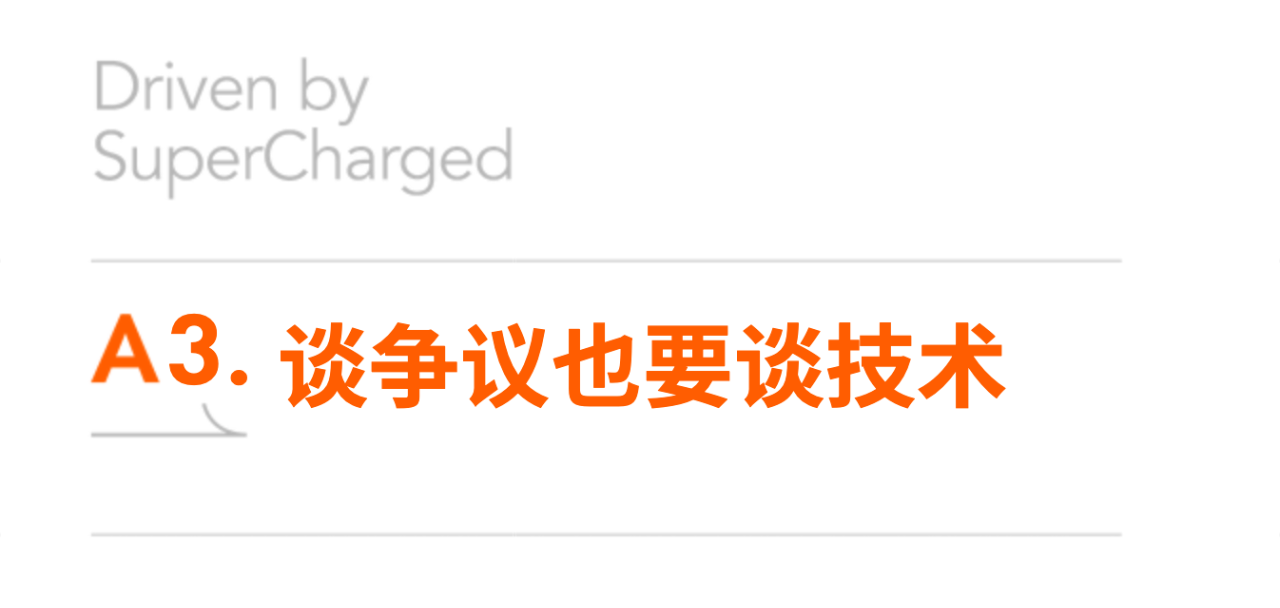
The main reason NIO’s adjustment has sparked such inquiry and controversy is primarily due to the subjective association of these changes with the act of purchasing a car.
Such changes are easily interpreted as “price hikes” and, to a certain extent, run contrary to the current trend of price reductions in the new energy vehicle market.

But Li Bin said: When everyone is focusing on slashing prices, we believe offering better services and value makes us more competitive.
We shouldn’t just consider this statement as a slogan. If you have been observing NIO’s technological progress in the long run, you’ll find that the recent price adjustments are, to some extent, indicative of a shift where NIO’s technological investments have reached a point where they can begin considering commercial profitability.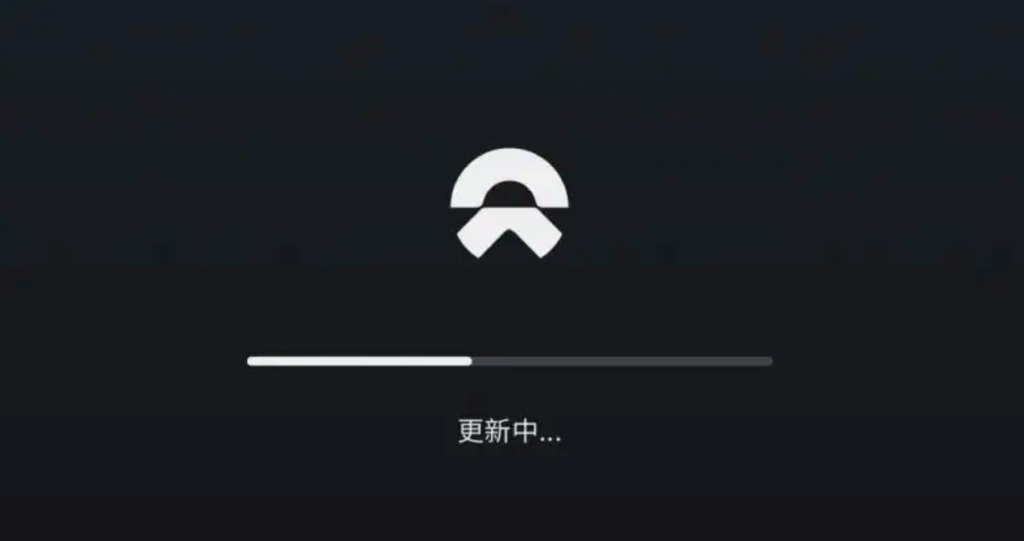
During the communication meeting, Li Bin discussed several core technical details of assisted driving. He mentioned that the Banyan 2.0 upgrade is imminent, and at that time, NOP+ will use the same core technology stack as NAD.
Considering the technical trajectory of assisted driving this year and the signals released by NIO before, there is reason to believe that this refers to the next-generation technology stack based on BEV technology and Mapless, which can support more scenario capabilities. By then, NIO is highly likely to showcase its urban-area pilot assisted driving capabilities.

I often say that the application of new-phase technology often represents the “user-friendliness” of the previous phase technology. At that time, not only many new users will become interested in urban-area assisted driving, but it will also make more people dependent on high-speed scenario-assisted driving, resulting in an obvious increase in user volume.
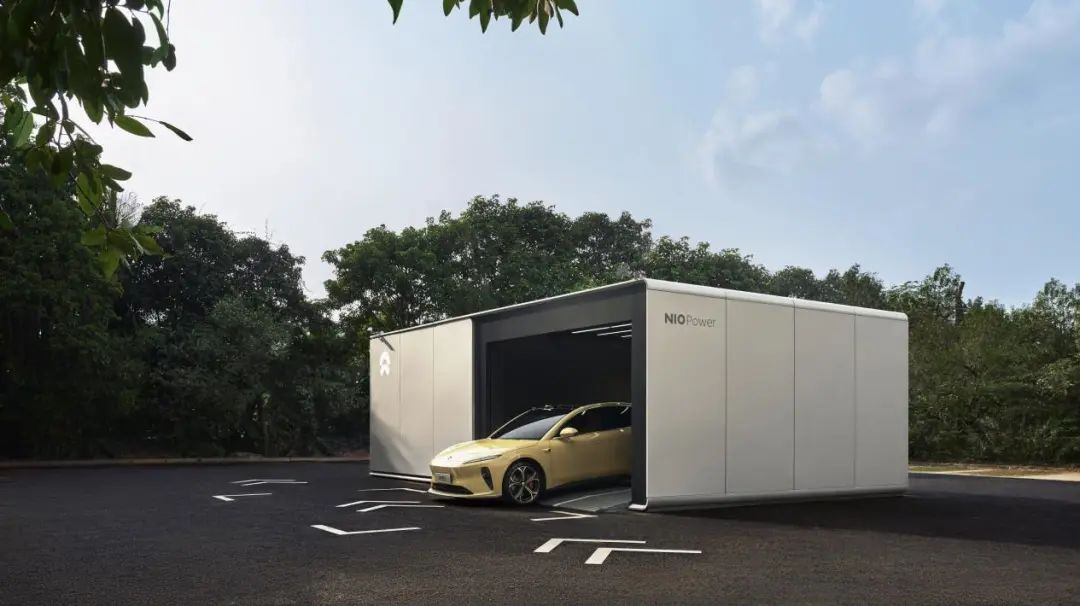
In terms of battery swapping, NIO’s already planned deployment of third-generation swapping station technology and the operational plan for additional stations are expected to bring about a significant change in the battery-swapping experience and its position in the energy network.
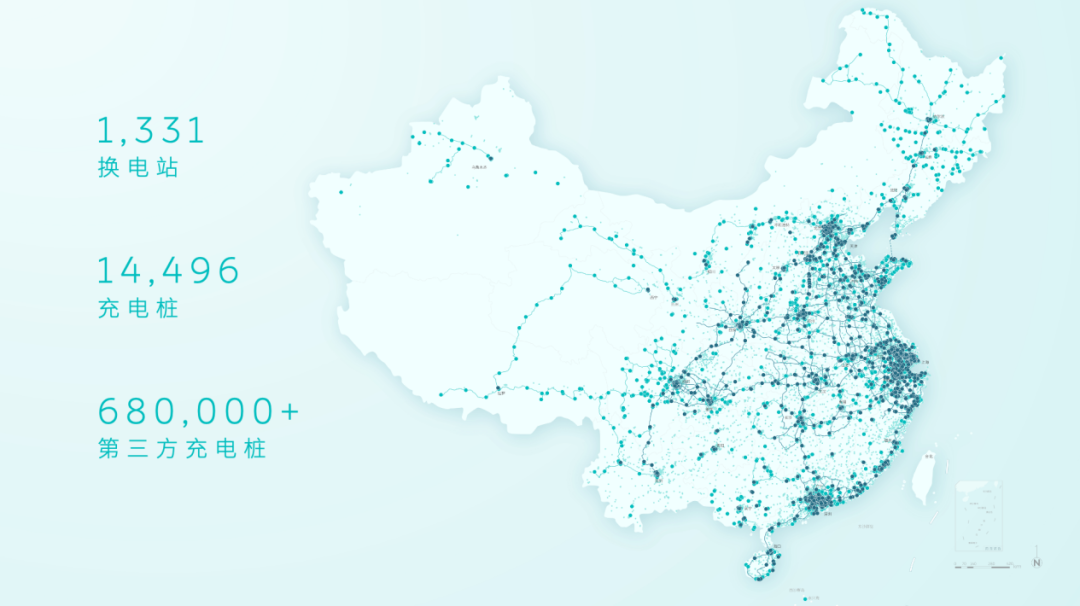
Qin Lihong also said, “For the ‘free battery swap service,’ people used to focus on ‘battery swap.’ However, they should pay attention to ‘service.’ The reason for providing free battery swaps before actually had something to do with the previous swapping station coverage not being wide, occasionally requiring waiting and other experience-related factors. After this year’s launch of 1,000 stations, people’s habits will tend to lean more towards swapping. If 2,000 new stations are added next year, and so on for another 3 to 5 years, this will become one of NIO’s core services. “People will increasingly think that there are two types of electric vehicles in the world: those that can have their batteries swapped, and those that cannot.“
This doesn’t even account for the new possibilities created by overlapping intelligent driving and battery swap services, such as NIO’s highway pilot battery swap capability demonstrated at NIO Day.
What’s limiting NIO is the confidential nature of their upcoming technology releases, preventing them from showcasing the changes in services after charging for a longer time period. If our predictions are correct, you can interpret NIO’s stance as them about to introduce stronger driving assistance and wider-ranging battery swap services, making charging fees only natural.
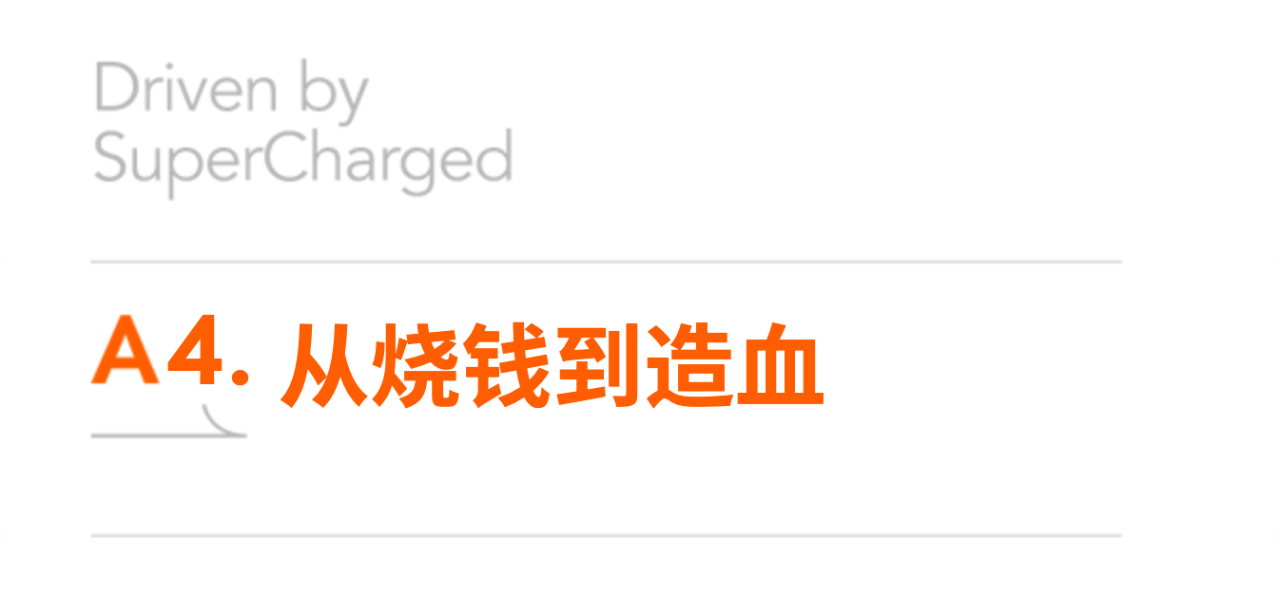
Li Hong Qin said NIO didn’t anticipate the recent price reduction trend when setting these strategic adjustment dates, which, I believe, is true.
In fact, NIO’s reduction in free battery swap services comes even later, and to a lesser extent, than I expected.

Just hours before NIO’s communication meeting, Tesla announced they had deployed over 45,000 Supercharger stations worldwide. Tesla’s strategy in charging infrastructure is a highly successful case for new energy vehicle companies in this field.

During the high-priced Model S/X era, Tesla attracted many hesitant buyers with the lifetime free charging benefit and greatly expanded their charging network through the loyalty generated. Upon entering the mass market Model 3/Y period, Tesla quickly shifted to a Supercharger paid model, achieving both word-of-mouth and profit gains.Automakers’ core services must undergo a transformation from burning money to generating revenue.
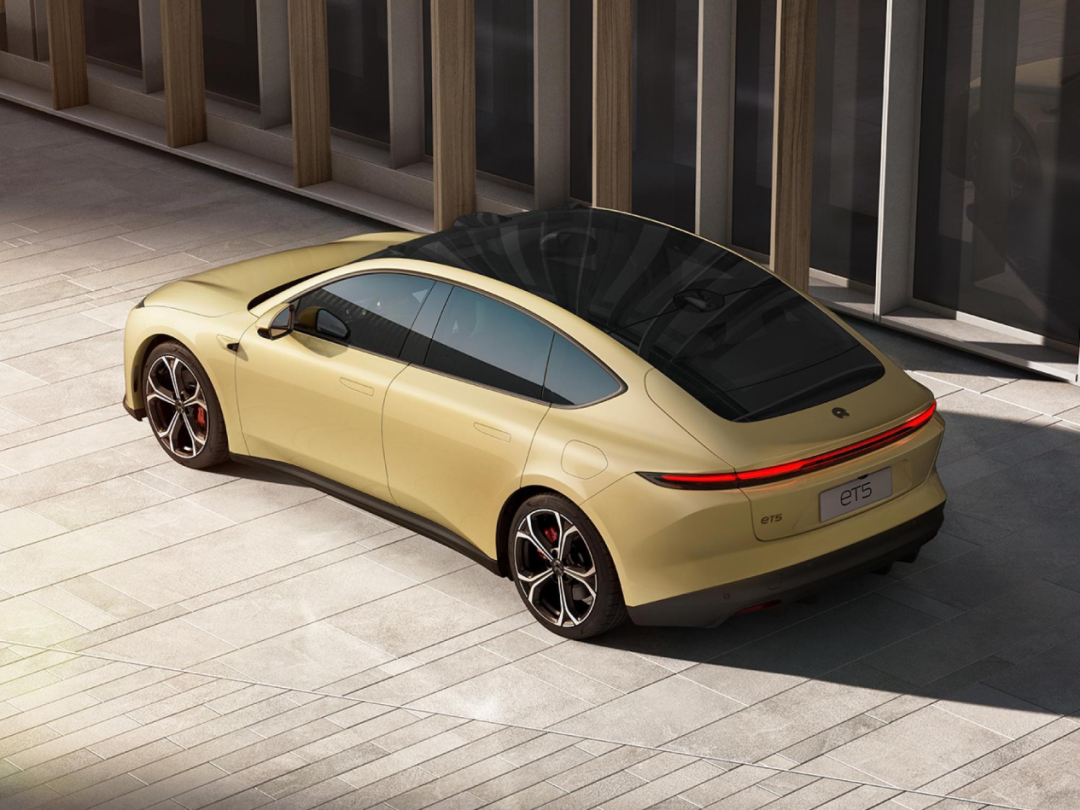
I had once made a comparison, thinking that NIO would cancel the lifetime free battery swap for the positioned ET5, switching to a pay-per-use model. Therefore, compared to my estimate, NIO is undoubtedly more considerate and generous.
In a longer-term perspective, both autonomous driving and battery swapping hold greater significance to NIO than merely “selling cars”. Fluctuations and changes in NIO’s sales numbers cannot be simply linked to the increase or decrease of benefits.
To some extent, the importance of autonomous driving and recharging for a company’s survival shouldn’t be merely a matter of calculating profits and losses.
Of course, everyone’s curiosity and disputes about NIO at this point in time are closely related to sales, including Li Bin jokingly saying: If NIO continues to maintain monthly sales of 10,000 units, both Li Hong and I will have to find new jobs.

However, being able to make such adjustments based on one’s own judgment in a time of subdued industry sentiment, I believe, is a reasonable expression of NIO’s long-term understanding. After all, as Qin Lihong said:
“We have grown up in the storm of industry commentary over the past few years.”
(END)
This article is a translation by ChatGPT of a Chinese report from 42HOW. If you have any questions about it, please email bd@42how.com.
